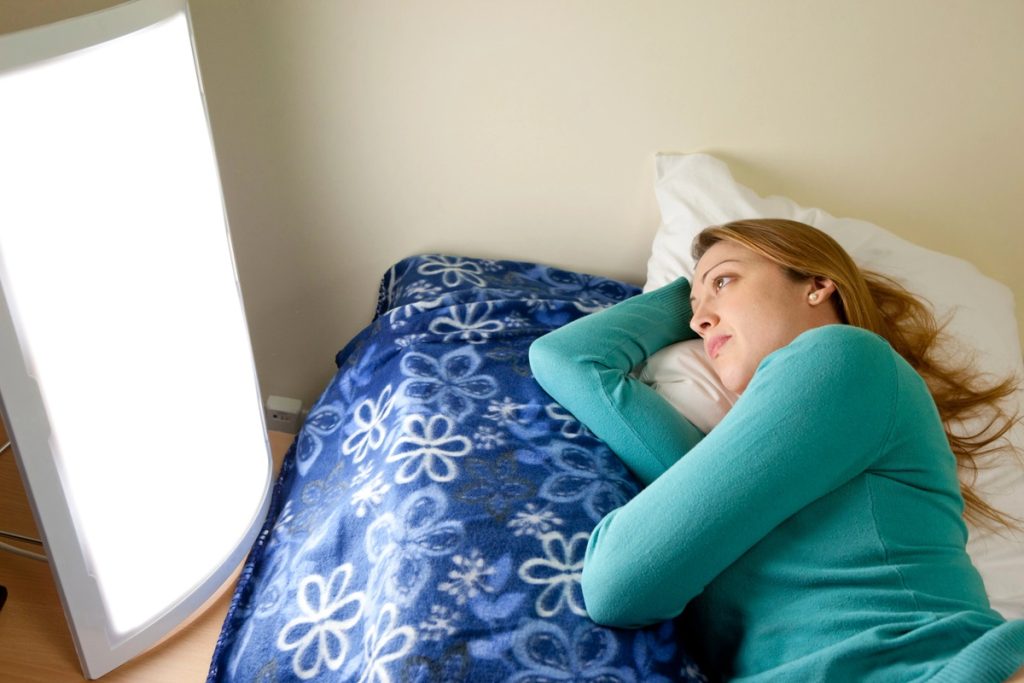
Shedding Light on Mental Health: The Impact of LED Therapies for Depression
In the realm of mental health, depression is a pervasive and challenging condition that affects millions of individuals worldwide. While traditional procedures like therapy and medication remain essential, innovative approaches are emerging to complement existing options. Among these approaches, LED (Light Emitting Diode) therapies have shown promise in alleviating depression symptoms. This article delves into the impact of LED therapies on mental health and led therapy benefits for individuals facing mild to severe depression.
1. Harnessing the Power of Light
LED therapies for depression leverage the therapeutic potential of light, a concept rooted in photobiomodulation. Light therapy has long been used to address various health issues, from seasonal affective disorder (SAD) to sleep disturbances. LED devices emit specific wavelengths of light, typically in the blue or red spectrum, to stimulate cellular processes in the body, including the brain.
2. Regulation of Circadian Rhythms
One of the primary mechanisms through which LED therapies impact depression is by regulating circadian rhythms. Exposure to LED light, especially in the morning, helps reset the body’s internal clock, promoting wakefulness and alertness. It can be beneficial for individuals with depression who may experience disruptions in their sleep-wake cycle.
3. Mood Enhancement and Serotonin Production
LED therapies have been shown to enhance mood and increase serotonin production—the neurotransmitter associated with feelings of well-being and happiness. By stimulating the brain to get more serotonin, LED therapy can help lift mood and reduce depressive symptoms. This effect is especially relevant for individuals with mild to moderate depression.
4. Mitigating Seasonal Affective Disorder (SAD)
Seasonal Affective Disorder or in short, SAD, is a depression that occurs seasonally, typically in the fall and winter months when daytime hours are shorter. LED therapies, often administered through lightboxes, mimic natural sunlight and are a recognized treatment for SAD. Regular use of LED lightboxes can alleviate symptoms and improve overall well-being during the darker seasons.
5. Complementary Treatment for Medication-Resistant Depression
For individuals with treatment-resistant depression, where traditional therapies and medications have limited effectiveness, LED therapies offer a potential complementary option. While not a replacement for medication or psychotherapy, LED therapy can be integrated into a comprehensive treatment plan to address persistent symptoms.
6. Minimal Side Effects and Non-Invasiveness
LED therapies are valued for their minimal side effects and non-invasiveness. LED therapy is generally well-tolerated, unlike some medications that may cause unwanted side effects. The treatment does not require the use of drugs, making it an appealing option for those who prefer natural and non-pharmacological approaches to managing depression.
Conclusion
The led therapy benefits on depression underscore the growing recognition of alternative and complementary treatments in mental health care. While LED therapies should not replace conventional treatments for depression, they offer a promising avenue for alleviating symptoms, especially for individuals with mild to moderate depression or those experiencing SAD.
As with any treatment modality, it is necessary to consult a medical professional before incorporating LED therapy into a depression management plan. Healthcare providers can assess individual needs, determine the most appropriate treatment approach, and monitor progress over time.
In the quest to shed light on mental health and find effective solutions for depression, LED therapies emerge as a beacon of hope. Their non-invasive nature, mood-enhancing properties, and potential to regulate circadian rhythms make them a valuable addition to the toolkit of options available to individuals seeking relief from depression symptoms. As research continues to explore the intricacies of LED therapy, it holds the promise of illuminating the path toward improved mental well-being for many.


























